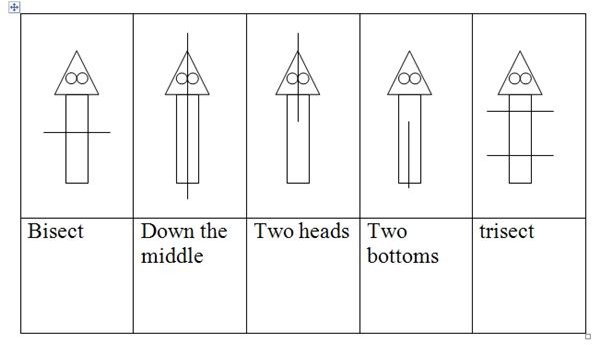Planaria Regeneration Experiment for the High School Science Class
What is Planaria?
Planaria belongs to Kingdom Animalia, Phylum Platyhelminthes (flat worms), Class Turbellaria, Order Seriata, and Family Planariidae. Planaria is the generic name for all flatworms that belong to Family Planariidae whatever their genus names are. The most popular genera (sing. genus) of planaria used in laboratory experiments and scientific researches are those that belong to genus Dugesia, Planaria, and Schmidtea.The genus Dugesia is commonly used in high school biology experiments to demonstrate regeneration. The other planarian genera are more commonly used in advance researches on molecular biology, genetics, and developmental biology.
Planaria flatworms live independently; they don’t parasitize any other organism in order to live. They are found both in saltwater and freshwater environments and eat live and dead small animals.
The planaria flatworm has a body length ranging from 3 to 12 mm. It has a head with muscular mouth used to suck food and two eye-spots used to detect the presence of light. The planaria avoids light because it is a potential source of heat that can dehydrate the flatworm. The elongated tail has cilia on the ventral dermis and these are used by the worm to glide on the mucus that it has secreted.
The planaria reproduces sexually or asexually. Sexually, the flatworms produce gametes (sex cells) to produce offsprings. Two flatworms fuse their gametes to form eggs that will hatch later on. Asexually, planaria flatworms can reproduce through regeneration. The flatworms can cut a portion of their tails and these tails would regenerate heads. The new flatworms would grow and live on their own.
Planaria Regeneration
The planaria has an amazing capability to regenerate its lost body part. When the flatworm is cut crosswise separating the head from the tail, the tail will regenerate the lost head and the head will regenerate the lost tail. The same thing happens when the flatworm is cut lengthwise, the lost body parts are regenerated until each piece became another flatworm with complete body parts. The tail can be cut crosswise into three or four and they will all regenerate a head. Note that the head is regenerated first before tail elongation occurs.
Design of the Experiment
Planaria flatworms can be found in fresh water ponds especially during spring. The teacher can get some flatworms in these ponds for the experiment. There are also shops that sell biological supplies including planarian flatworms. The teacher can buy some flatworms in these shops. The flatworms should be kept in glass containers with some water (preferably spring water) before the experiment. The flatworms need water to prevent dehydration.
Before the experiment, the teacher should explain clearly the objective(s) of the experiment to the students. The main objective of course is to demonstrate regeneration.
The major materials to be used in the experiment are petri dishes, scalpel, and spring water.
The class can be divided into groups where each group will set up their own experiment or there would only be one set up for the whole class depending on the number of flatworms or materials available.
The teacher may instruct the students to observe the anatomy of the flatworms and the movement of the flatworms. The teacher can also ask the students to draw and label the flatworms.
The teacher will demonstrate to the class on how to dissect the flatworms into multiple parts. The figure on the right shows the different ways on how to dissect the flatworms. The figure shows that the flatworm can be dissected into five different ways, so at least five petri dishes are needed for each set up. The scalpel is used to cut the flatworms. The teacher should guide the students on cutting the flatworms. The petri dishes should be filled with some water to prevent dehydration on the flatworms. The flatworm should be kept in the laboratory room where light intensity is minimal.
After the dissection, the students will observe the flatworms daily. They should note and record any changes on the flatworms. After few days, they would notice that the flatworms regenerate their lost body parts.
The experiment should be followed by a classroom discussion about the ability of the flatworms to regenerate their lost body parts. The teacher should discuss the relevance of the experiment including its possible applications in the field of medicine.
Reference
Planaria Regeneration. Retrieved on May 22, 2009
